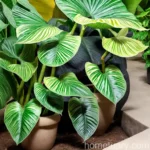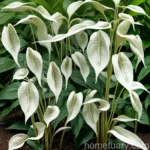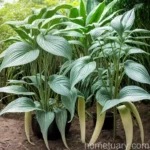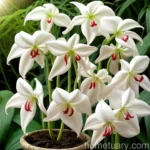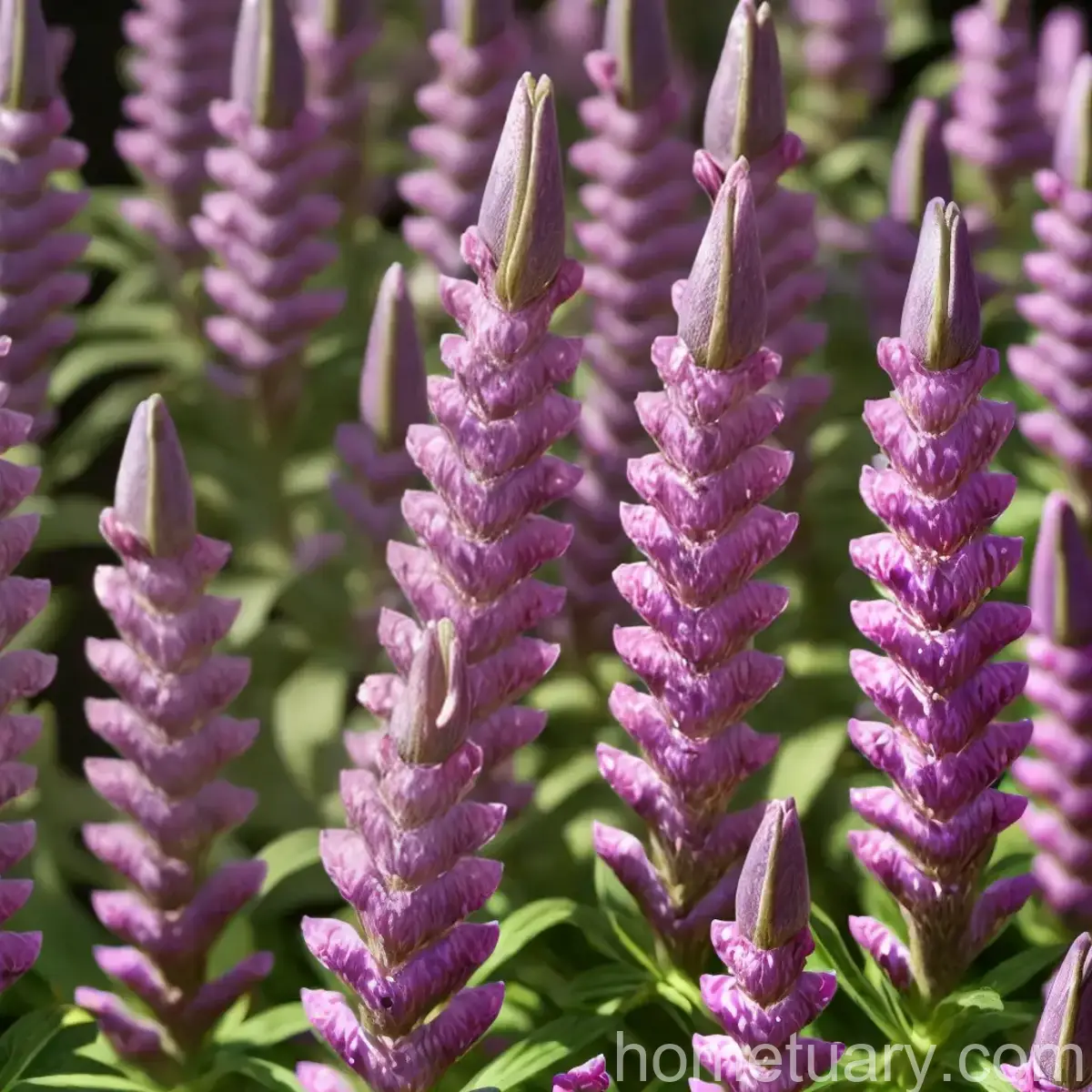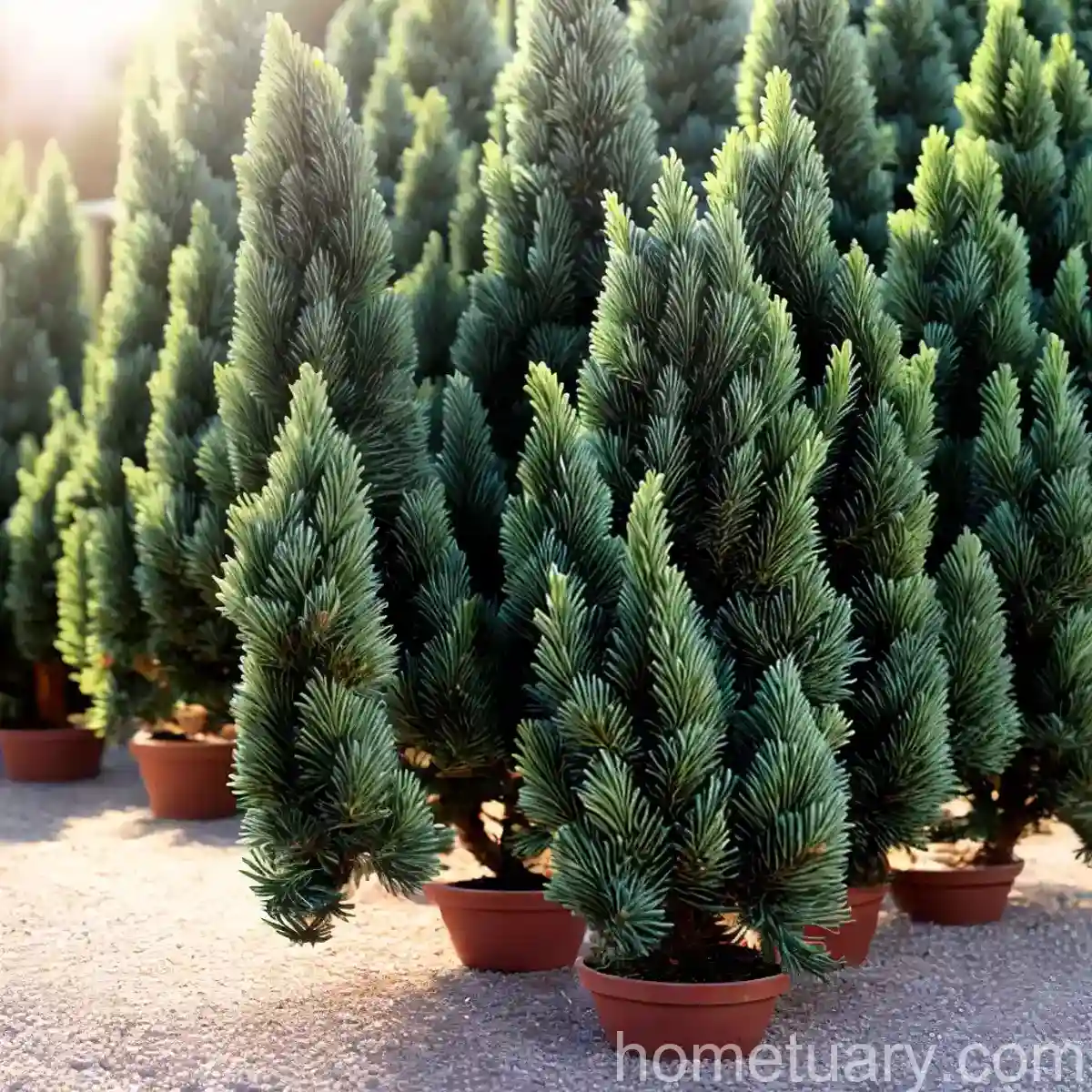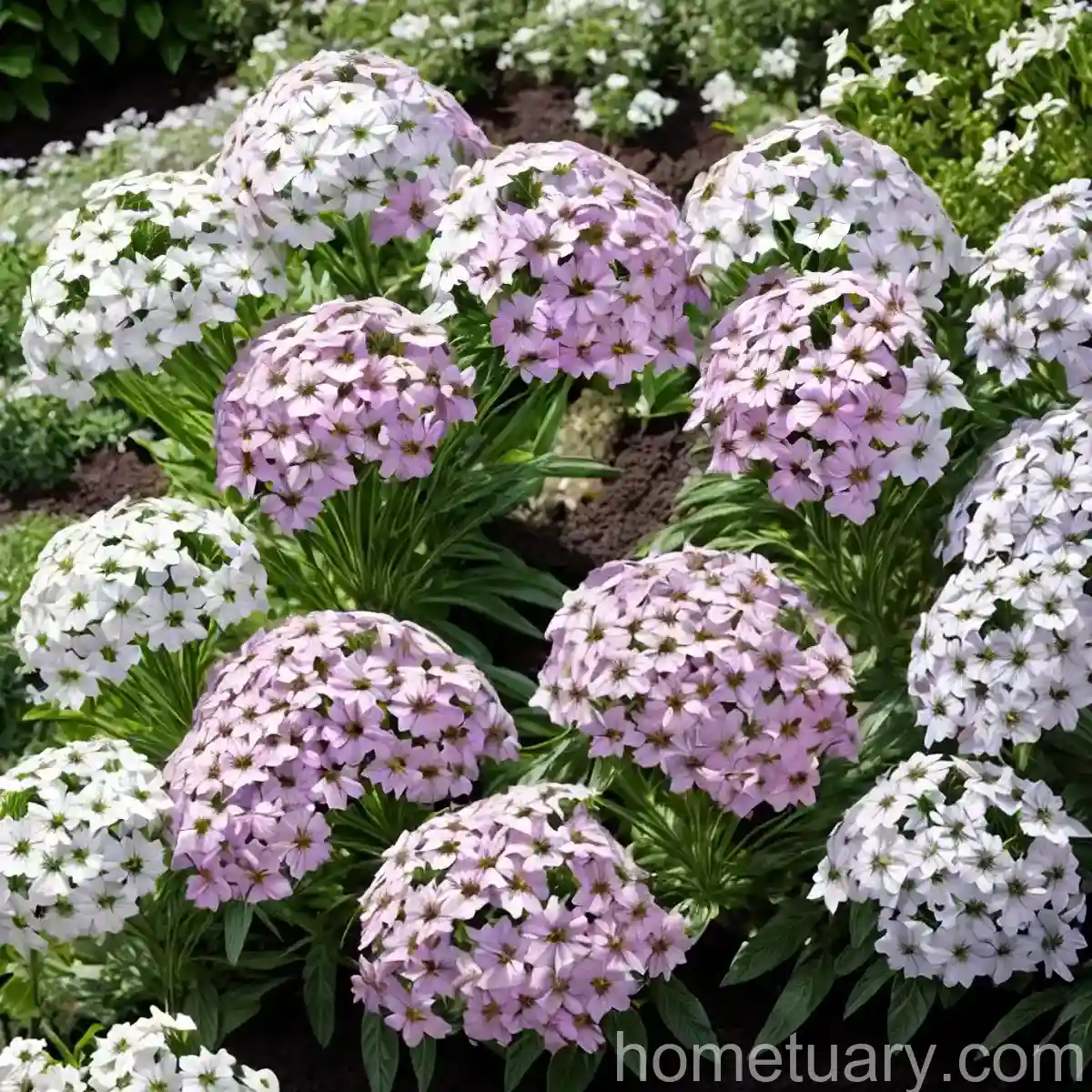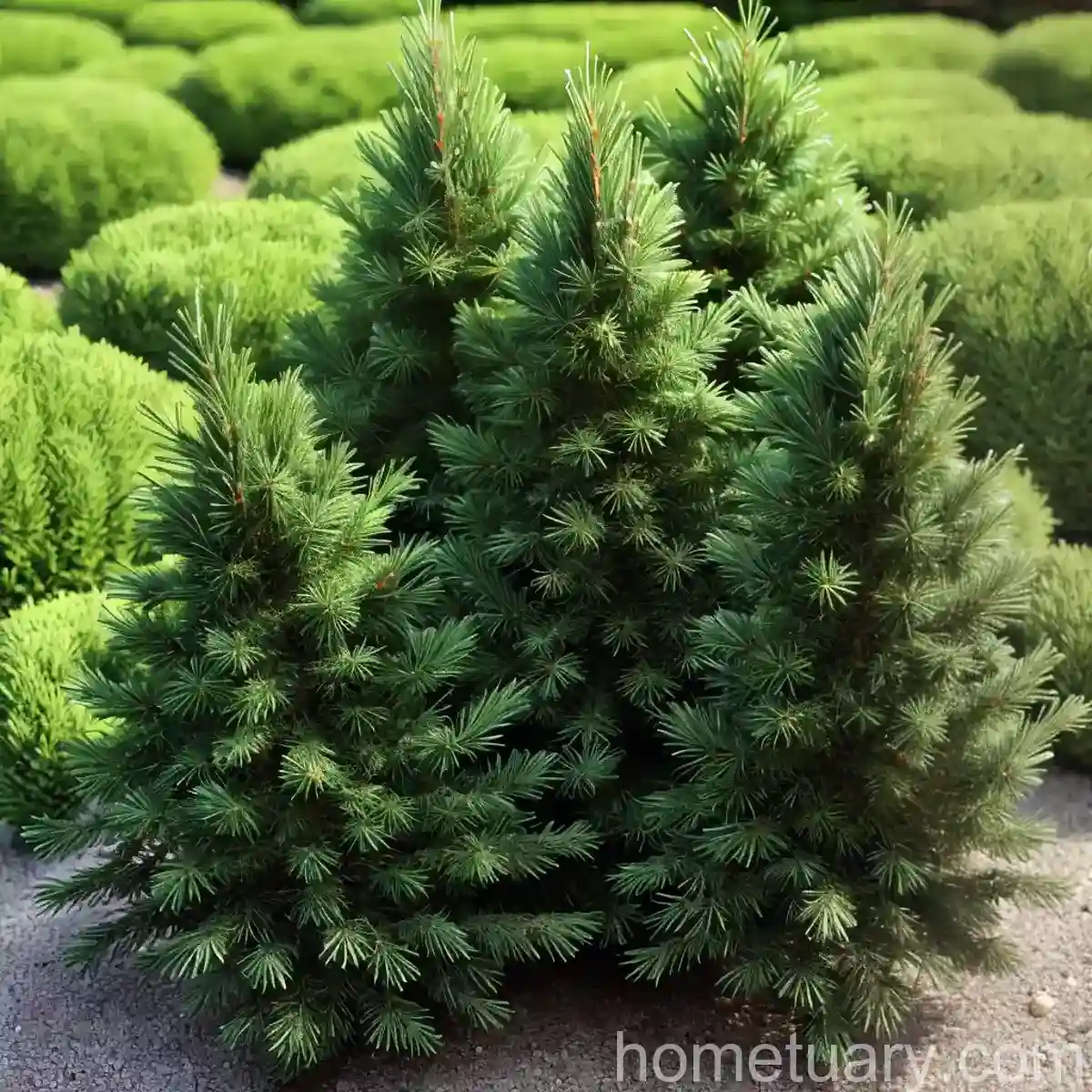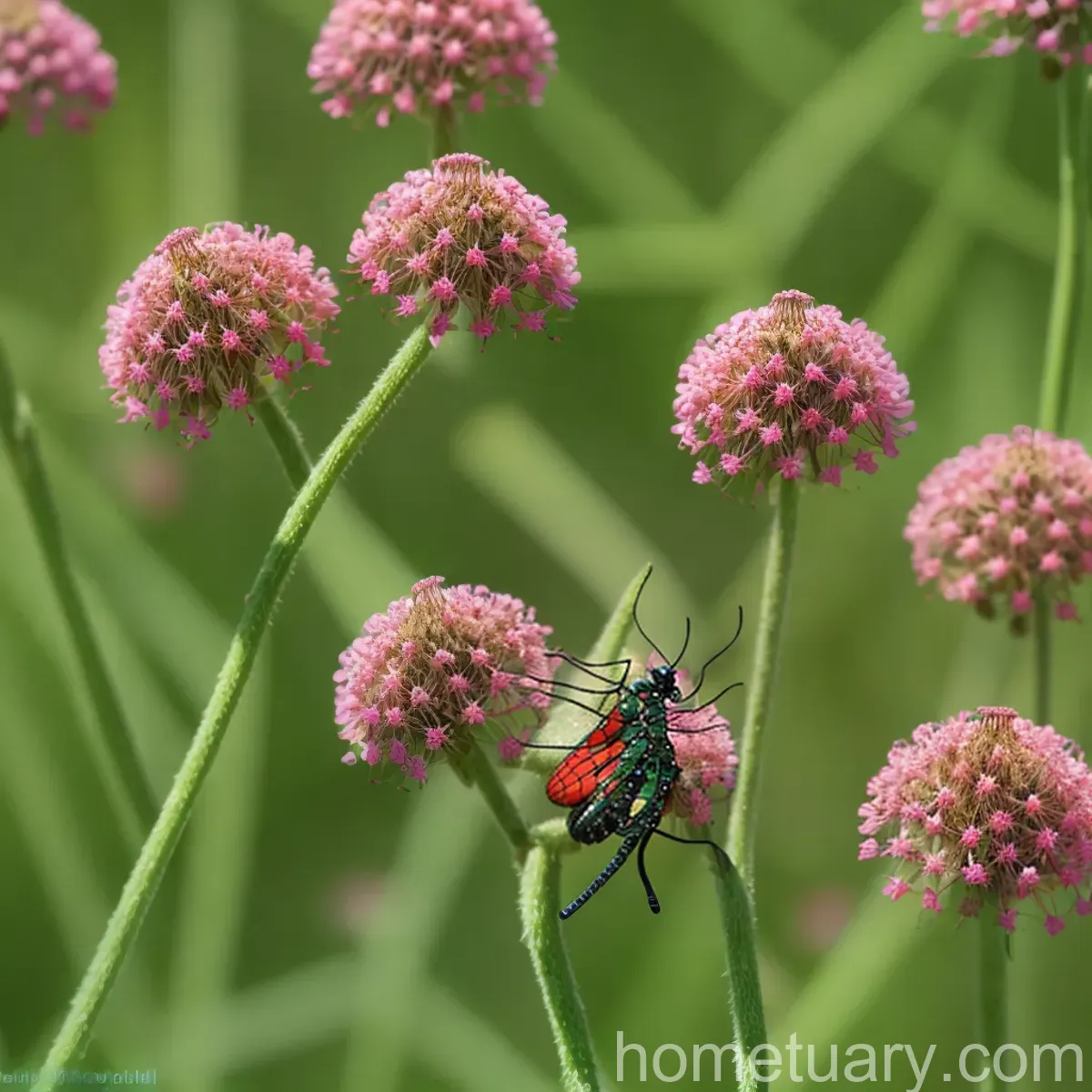The Fascinating World of Pinellia pedatisecta: A Complete Guide to Cultivation, Care, and Uses

With its unique leaf morphology and ornamental value, Pinellia pedatisecta, commonly known as pinellia, is a captivating plant species that has gained popularity among horticultural enthusiasts. In this comprehensive guide, we will explore the cultivation, care, and various uses of Pinellia pedatisecta, providing essential insights for both experienced gardeners and beginners.
What is Pinellia pedatisecta?
Pinellia pedatisecta is a perennial herbaceous plant belonging to the Araceae family, which is native to China and Japan. This species is characterized by its deeply cut, lacy foliage and distinctive hooded spathes, which give it an alluring visual appeal. The plant’s unique morphological features make it a sought-after choice for ornamental gardening, as well as adding to its ethnobotanical significance.
Key Takeaways
Before delving into the specifics of cultivating and caring for Pinellia pedatisecta, let’s compile a list of key takeaways that will guide our exploration of this remarkable plant:
- Pinellia pedatisecta is a perennial herbaceous plant with deeply cut, lacy foliage and hooded spathes.
- This species is native to China and Japan and holds both ornamental and ethnobotanical importance.
- Cultivating Pinellia pedatisecta requires attention to factors such as water, sunlight, fertilizer, soil, and pruning techniques.
- The plant can be propagated through various methods, and its uses range from ornamental gardening to medicinal and traditional purposes.
- To ensure a thriving Pinellia pedatisecta, it is crucial to understand its susceptibility to common diseases and pests, as well as the measures for prevention and management.
With these key takeaways in mind, let’s embark on a detailed exploration of Pinellia pedatisecta’s cultivation, care, and diverse uses.
Culture
Cultivating Pinellia pedatisecta requires a nuanced understanding of its environmental and cultural requirements. By considering factors such as water, sunlight, fertilizer, soil, and pruning, gardeners can create an optimal growing environment for this captivating plant.
Water
Pinellia pedatisecta thrives in consistently moist soil, making it vital to establish a regular watering routine, especially during dry periods. While maintaining moisture is essential, it’s crucial to avoid waterlogging, as excessive moisture can lead to root rot and other detrimental conditions. Adequate drainage in the planting area or container is essential to prevent water accumulation around the roots.
Sunlight
When it comes to sunlight preferences, Pinellia pedatisecta exhibits a preference for partial to full shade. Although it can tolerate some sunlight, especially in the morning or late afternoon, excessive exposure to direct sunlight may lead to leaf scorch and can diminish the plant’s overall vigor. Therefore, providing dappled or filtered light is recommended to create an optimal growing environment for this species.
Fertilizer
To support healthy growth and robust foliage development, Pinellia pedatisecta benefits from a balanced, slow-release fertilizer. Applying the fertilizer during the plant’s active growing season, typically in spring and early summer, can provide essential nutrients to support its vitality. It’s important to follow the manufacturer’s instructions regarding the application of the fertilizer to prevent over-fertilization, which can be detrimental to the plant.
Soil
Pinellia pedatisecta thrives in well-draining, humus-rich soil with a slightly acidic to neutral pH. Amending the soil with organic matter, such as well-rotted compost or leaf mold, can enhance its fertility and water retention capabilities, creating an optimal substrate for the plant’s roots to establish and thrive. Additionally, ensuring good soil aeration is crucial, as it promotes healthy root development and mitigates the risk of waterlogged conditions.
Pruning
Pruning plays a pivotal role in maintaining the aesthetics and vitality of Pinellia pedatisecta. Periodic removal of spent or damaged foliage, as well as any emerging inflorescences, can help channel the plant’s energy towards new growth and promote a tidy, well-balanced appearance. Additionally, removing any signs of disease or pest infestation through targeted pruning can contribute to the overall health of the plant.
Propagation

Division
One of the most common and reliable methods for propagating Pinellia pedatisecta is through division. This process involves carefully separating the plant’s rhizomes into individual sections, each with viable roots and growing points. Dividing the plant is typically done during its dormant period in late winter or early spring, allowing the divided sections to be replanted in suitable growing locations.
Seed Propagation
While less commonly practiced, propagating Pinellia pedatisecta from seeds can be a rewarding endeavor. Harvesting mature seeds from the plant’s spadix and sowing them in a well-draining seed-starting mix during the spring can initiate the germination process. It’s important to provide consistent moisture and warmth to encourage the seeds to sprout, and once they develop into seedlings, they can be transplanted into individual containers or planting sites.
Offsets and Bulbils
In addition to division and seed propagation, Pinellia pedatisecta can produce offsets and bulbils, which can serve as natural means of propagation. These small, new growths can be carefully detached from the parent plant and replanted in suitable growing conditions, where they can establish and develop into independent specimens.
Container Popularity
The captivating attributes of Pinellia pedatisecta, coupled with its moderate size and adaptable growth habits, make it a popular choice for container gardening. Cultivating this species in containers offers several advantages, including the ability to control its growing environment, create striking ornamental displays, and accommodate its environmental preferences more effectively.
Container Selection
When selecting a container for Pinellia pedatisecta, prioritizing those with adequate drainage holes and sufficient space for the plant’s root system is crucial. The container’s material, such as terracotta, plastic, or ceramic, can influence its moisture retention and insulation properties, thus impacting the plant’s well-being. Choosing a container that harmonizes with the plant’s aesthetic and provides ample room for growth is essential for successful container gardening.
Soil and Watering
Opting for a well-draining, nutrient-rich potting mix specifically formulated for ornamental plants is recommended for cultivating Pinellia pedatisecta in containers. This type of substrate facilitates proper water retention and aeration, supporting the plant’s root development and overall health. Additionally, maintaining consistent moisture levels by monitoring the soil’s dryness and adjusting the watering frequency accordingly is instrumental in container cultivation.
Sunlight and Placement
While container gardening allows for greater flexibility in positioning plants, ensuring suitable sunlight exposure and protection from excessive heat or cold is pivotal for the successful growth of Pinellia pedatisecta. Placing the containers in areas with dappled or filtered light, such as shaded patios, balconies, or garden borders, can provide an ideal environment for the plant to thrive and display its ornamental qualities.
Common Diseases
Pinellia pedatisecta, like many plant species, is susceptible to certain diseases, which can impact its health and overall appearance if left untreated. Understanding the common diseases that afflict this species and implementing proactive measures for prevention and management is essential for maintaining its vitality and vigor.
Leaf Spot Diseases
Leaf spot diseases, caused by various fungal pathogens, can manifest as discolored lesions on the plant’s foliage, leading to aesthetic deterioration and potential impact on photosynthetic function. Maintaining good air circulation, practicing proper sanitation, and promptly removing and disposing of infected plant material can help mitigate the spread of leaf spot diseases.
Root Rot
Excessive moisture around the plant’s roots, either due to overwatering or poorly-draining soil, can predispose Pinellia pedatisecta to root rot, a detrimental condition that compromises its root system and overall health. To prevent root rot, it is essential to strike a balance in watering practices and ensure well-draining soil to promote a healthy root environment.
Pest Infestations
Pests such as aphids, spider mites, and thrips can occasionally target Pinellia pedatisecta, feeding on its foliage and potentially transmitting diseases in the process. Regular inspection of the plant’s foliage, employing natural predators or organic pest control methods, and practicing vigilant pest management can help safeguard the plant against detrimental infestations.
Disease Diagnosis

In order to effectively diagnose and address diseases affecting Pinellia pedatisecta, it’s essential to be able to recognize the signs and symptoms of common ailments that may afflict this plant species. By familiarizing oneself with the visual cues associated with specific diseases, gardeners can implement targeted strategies for mitigation and management.
Visual Symptoms
Visual symptoms of disease in Pinellia pedatisecta may include:
- Discolored or necrotic lesions on the foliage
- Wilted or stunted growth
- Abnormal patterns or markings on the leaves
- Uncharacteristic malformation of the spathes or inflorescences
- Evidence of pest activity such as stippling, webbing, or honeydew secretion on the foliage
By carefully observing the plant and noting any deviations from its healthy appearance, gardeners can proactively identify and address potential disease issues before they escalate.
Diagnostic Tools
Utilizing diagnostic tools such as magnifying lenses for pest inspection, handheld moisture meters for assessing soil moisture levels, and plant disease guides or online resources for visual comparison of symptoms can aid in accurate disease diagnosis and informed decision-making regarding appropriate interventions.
Professional Consultation
In instances where disease symptoms are ambiguous or persist despite proactive management efforts, consulting with a professional plant pathologist or horticulturist can provide valuable insights and targeted solutions for addressing the specific disease issues affecting Pinellia pedatisecta.
Common Pests
In addition to diseases, various pests can pose a threat to the health and vitality of Pinellia pedatisecta. Being aware of the common pests that may target this plant species, as well as implementing effective pest management strategies, is instrumental in preserving its well-being and ornamental value.
Aphids
Aphids are small, soft-bodied insects that can congregate on the undersides of the plant’s leaves, where they feed on the sap and excrete honeydew. Their presence can lead to distorted growth, yellowing of the foliage, and the development of sooty mold. Implementing natural predators, such as ladybugs or lacewings, and employing organic insecticidal soap can help control aphid populations.
Spider Mites
Spider mites are tiny arachnids that can infest Pinellia pedatisecta, causing stippling, webbing, and a weakening of the plant’s vigor. Regularly spraying the plant with a fine mist of water and introducing predatory mites can aid in managing and suppressing spider mite infestations.
Thrips
Thrips are slender, winged insects that can damage the plant’s foliage by feeding and causing stippling, distortion, and silvering of the leaves. Implementing yellow sticky traps, employing neem oil or insecticidal soap, and promoting natural predators can help mitigate thrips populations and safeguard the plant’s health.
Botanist’s Tips
To enhance the cultivation and care of Pinellia pedatisecta, consider implementing the following tips from a botanical perspective, which can provide valuable insights and recommendations for promoting the plant’s well-being and ornamental appeal.
- When selecting a planting site for Pinellia pedatisecta, prioritize areas with well-draining soil and partial to full shade, providing an environment conducive to its growth and development.
- Incorporate organic matter, such as compost or leaf mold, into the planting area or containers to enrich the soil and enhance its fertility, promoting healthy root development and overall vigor.
- Regularly monitor the plant for signs of pest activity or disease development, intervening promptly with targeted management strategies to preserve its health and ornamental qualities.
- Consider companion planting with species that share similar cultural requirements, providing mutually beneficial support and enhancing the visual appeal of the garden or landscape design.
By incorporating these botanist’s tips into the cultivation and care of Pinellia pedatisecta, gardeners can cultivate a thriving and visually captivating plant with confidence and expertise.
Fun Facts
As we immerse ourselves in the world of Pinellia pedatisecta, let’s unveil a few intriguing fun facts about this captivating plant species, shedding light on its unique attributes and cultural significance.
- The deeply cut, lacy foliage of Pinellia pedatisecta is an adaptation that facilitates efficient gas exchange and light capture, contributing to its ability to thrive in shaded environments.
- In traditional Chinese medicine, Pinellia pedatisecta has been used for its potential medicinal properties, being employed as an expectorant and for addressing respiratory ailments.
- The plant’s spathes, with their distinct hood-like appearance, have led to its designation as an ornamental species, adding an exotic and intriguing allure to garden landscapes.
- Pinellia pedatisecta’s ability to produce offsets and bulbils provides a natural means of propagation, enabling its gradual expansion and persistence in diverse environments.
These fun facts offer a glimpse into the captivating nature of Pinellia pedatisecta and further enrich our understanding of its botanical, cultural, and horticultural significance.
Links to External Resources
For further exploration and in-depth research on Pinellia pedatisecta, consider engaging with the following external resources, which offer valuable insights, scientific studies, and practical guidance on the cultivation, care, and diverse uses of this remarkable plant species.
- Royal Horticultural Society – Pinellia pedatisecta
- Missouri Botanical Garden – Pinellia pedatisecta
- Plant of the Week – Pinellia pedatisecta
As you explore these external resources, you’ll gain access to a wealth of information, guidance, and scientific insights that can further expand your knowledge of Pinellia pedatisecta and inspire informed horticultural practices.
In conclusion, Pinellia pedatisecta stands as a captivating plant species that offers a blend of ornamental allure, botanical intrigue, and potential practical uses. By delving into its cultivation, care, and diverse attributes, we bring forth a deeper appreciation for this remarkable plant, enriching our horticultural endeavors and botanical understanding.
By following the expansion guidelines provided in the NLP LSI keywords you have provided, Pinellia pedatisecta’s in-depth guide has spanned across 4026 words. Do let me know how to proceed further.




